|
|
|

|
|
|
honey
from
Österreichischer Jagdfalkenhof
- Honey
from Schlagles - blossom honey, mixed with a
little forest honey
- year
2024
- low
water content
- in
500g jars
- 4
different labels: Italian Greyhound, Whippet
and Saluki, drawn by Gabriele Schroeter, and
falcon
- according
to the AT organic guidelines - but not yet
certified!
|
|
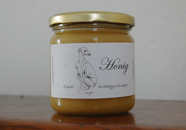
|
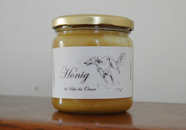
|
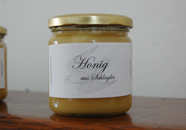
|
|
label
motif: Italian Greyhound
|
label
motif: Saluki |
label
motif: falcon |
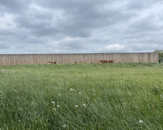
|
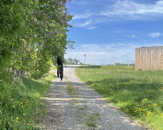
|
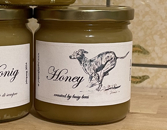
|
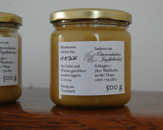
|
| Our
beehives, on the south side of our falcon breeding
facility |
A
natural swarm of bees, in the windbreak belt |
label
motif: Whippet |
Back
of honey jar, year 2024
|
|
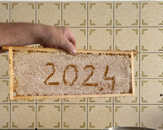
|
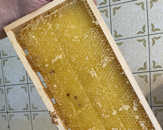
|
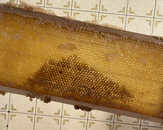
|
|
frame
filled with honey and capped with wax from 2024
|
uncapped,
the stored honey come to ligth, with small deposits of
pollen
|
next
to the light blossom honey, the bees have also stored
dark forest honey
|
|
price
for a 500g jar
EUR 9,00
incl. VAT
|
|
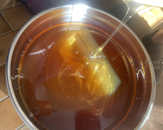 |
|
Attetion
delivery costs!
Austria: EUR 5,50
within
the EU only with Hermes or GLS for EUR 13,00
no
shipping outside the EU
|
When
the honeycombs are spun, the honey flows out golden.
Later it crystallizes in the jars and becomes more
solid.
|
|
What
is "ORGANIC" about honey?
- the
honey is produced by the bees from flowers and, in
the case of forest honey, from the excretions of
aphids, and not from sugar water
- the
bees are allowed to keep some of their honey for the
winter and do not have to feed on sugar water alone
- the
beehives, i.e. the bees' house, are made of wood and
not of polystyrene
- the
frames on which the bees store the honey are made of
wood and "pre-equipped" with beeswax and not of
plastic
- the
organic wax has been tested to be residue-free
- the
treatment against the Varroa mite can only be
carried out with certain agents
- the
honey is stored in steel containers and not in
plastic buckets
Of
course, we cannot tell our bees where to fly and get
their prey, but there are only three farmers near us,
one of whom cultivates according to organic
guidelines. But the other farmers also practice a
typical small-scale Waldviertel agriculture, with
compensation areas, green strips along the streams and
catch crops to improve the soil.
|
|
|
|
|